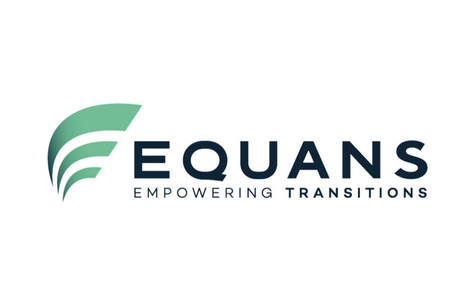Good practices for lubrication
Lubrication is a poorly appreciated task for maintenance technicians. This is often because the importance of lubrication to the reliability of machines is not known at all. Neither by the technicians, nor by the management (technical or operational).
On the other hand, renowned institutes and companies have already demonstrated for a long time and in many ways that lubrication is the main cause of premature failures of rotating elements. In between 50 and 60% of cases, poor lubrication (of all kinds) is the cause of these failures.
Nevertheless, it is not too difficult to change the attitude of maintenance managers. This is the case if they are well guided by an integral strategy that covers all aspects of lubrication, starting with proper education.
Implementing a strategy gives technicians and managers a handle to evolve from necessity lubrication ("it's in the manual to grease every month") to asset reliability driven Lubrication Par Excellence.
This strategy is based on a few simple rules:
Apply the right practices: right type, right time, right quantity, right place, right method, right condition.
A strategy consisting of 10 steps:
- Audit and Benchmark of the existing situation
- Organisation, planning, management.
- Training - certification
- Identification and inspection
- Control of cleanliness
- Lubricant distribution
- Lubrication
- Contamination control
- Oil analysis
- Environmental control
In the course of this strategy, the ISO4406 KPI (Key Performance Indicator) will be the common thread. This KPI will measure the level of contamination of oils (new and used) and will be a very good indication of the level of lubrication excellence: the lower the level, the higher the level of excellence and the reliability of the machines.
Most of the time it is just a matter of focusing on lubricant contamination: eliminate - reduce - avoid. All kinds of techniques and tools will be presented.
Toon Van Grunderbeeck






